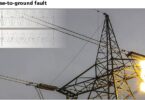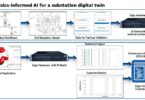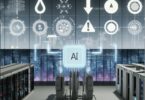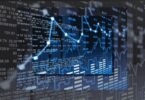by Alex Apostolov, Editor-in-Chief
Artificial intelligence (AI) is already part of many aspects of our everyday life. The AI concepts and methods have been related to electric power applications for more than half a century and considering the complexity of disturbance analysis and the huge amount of data available, it is time to focus our attention to the use of AI for such analysis (Figure 1).
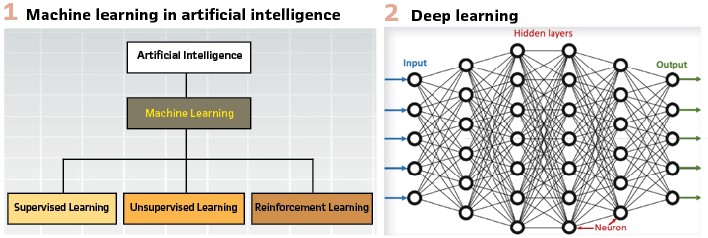
There are several reasons that now electric power utilities are turning their attention to artificial intelligence to address many of the challenges they are facing:
- Data availability: The transition of our industry towards a digital grid with merging units and phasor measurement units streaming sampled values and synchrophasor measurements, to-gether with the GOOSE messages and reports from protection and control IEDs generates a large amount of data which, combined with decreasing costs of data storage, is easily available for use. Machine learning can use this as training data for learning algorithms, developing new rules to perform increasingly complex tasks.
- Computing power: Powerful computers and the ability to connect remote processing power through the Internet make possible the development and implementation of machine-learning techniques that process enormous amounts of data
- Algorithmic innovation: New machine learning techniques, specifically in layered neural net-works (also known as “deep learning”) are enabling innovation in different domains of the elec-tric power industry
Today there is a significant, government sponsored development of new algorithms and models in a field of computer science referred to as machine learning. Instead of programming the computer every step of the way, this approach gives the computer instructions that allow it to learn from data without new step-by-step instructions by the programmer. This means computers can be used for new, complicated tasks that could not be manually programmed, as is sometimes the case with disturbance analysis applications, especially in systems with inverter-based DER interfaces.
The basic process of machine learning is to give training data to a learning algorithm. A machine learning model may apply a mix of different techniques, but the methods for learning can typically be categorized as three general types:
- Supervised learning: The learning algorithm is given labeled data and the desired output
- Unsupervised learning: The data given to the learning algorithm is unlabeled, and the algorithm is asked to identify patterns in the input data
- Reinforcement learning: The algorithm interacts with a dynamic environment that provides feedback in terms of rewards and punishments
Deep learning
Deep learning is a subset of machine learning. It refers to the number of layers in an artificial neural network (ANN). A shallow network has one so-called hidden layer, and a deep network has more than one (Figure 2). Multiple hidden layers allow deep neural networks to learn features of the data in a so-called feature hierarchy. Nets with many layers achieve some amazing results but are more computationally intensive to train because they pass input data (features) through more mathematical operations than nets with few layers.
The selection of machine learning methods or deep learning will depend on the specific disturbance analysis tasks to be implemented at the different levels of the system hierarchy.




